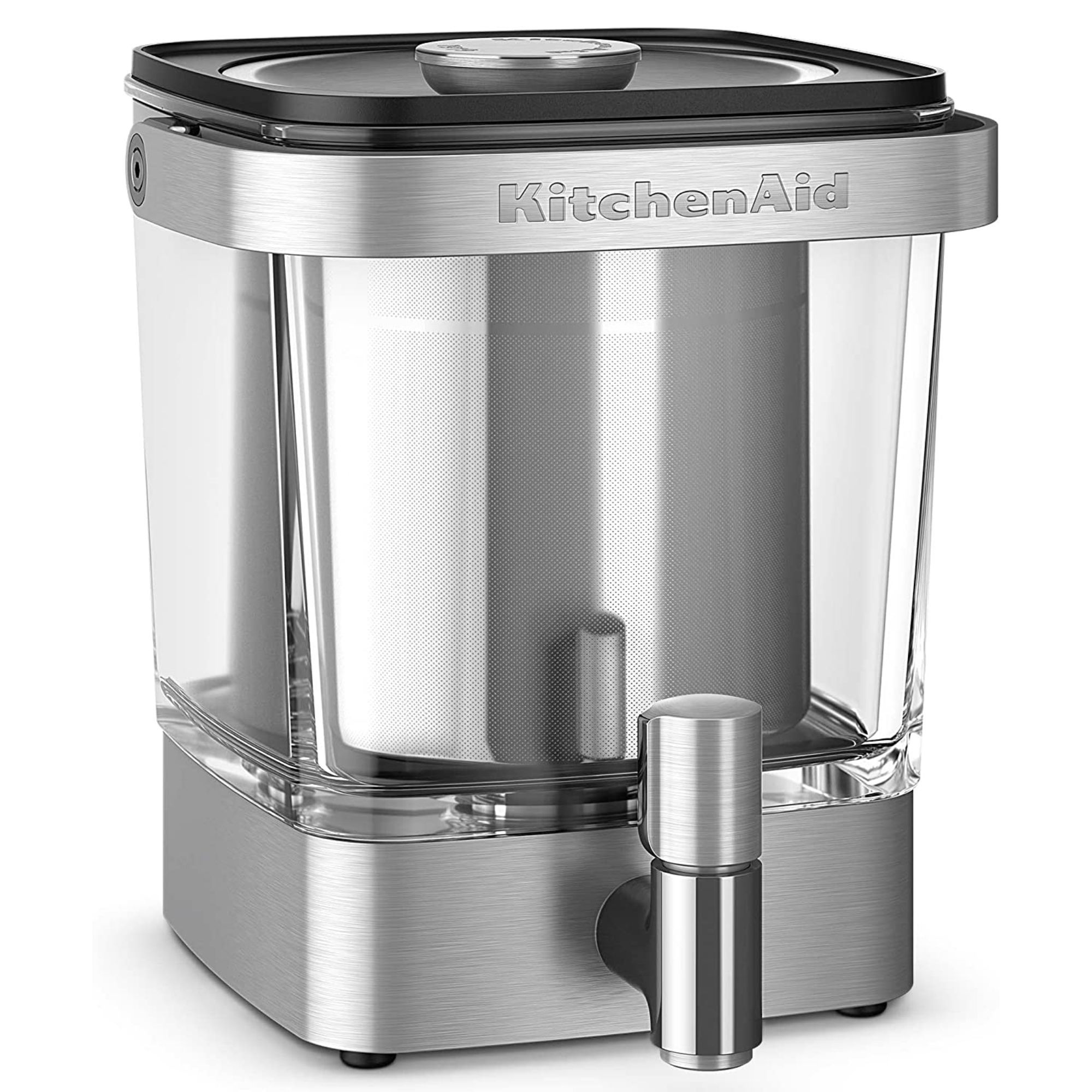How to make cold brew coffee like your favorite coffee shop (according to baristas who work there)
Step-up your steeping with our tips on how to make cold brew coffee. With a sweeter, smoother flavor profile, it's the next best coffee trend.

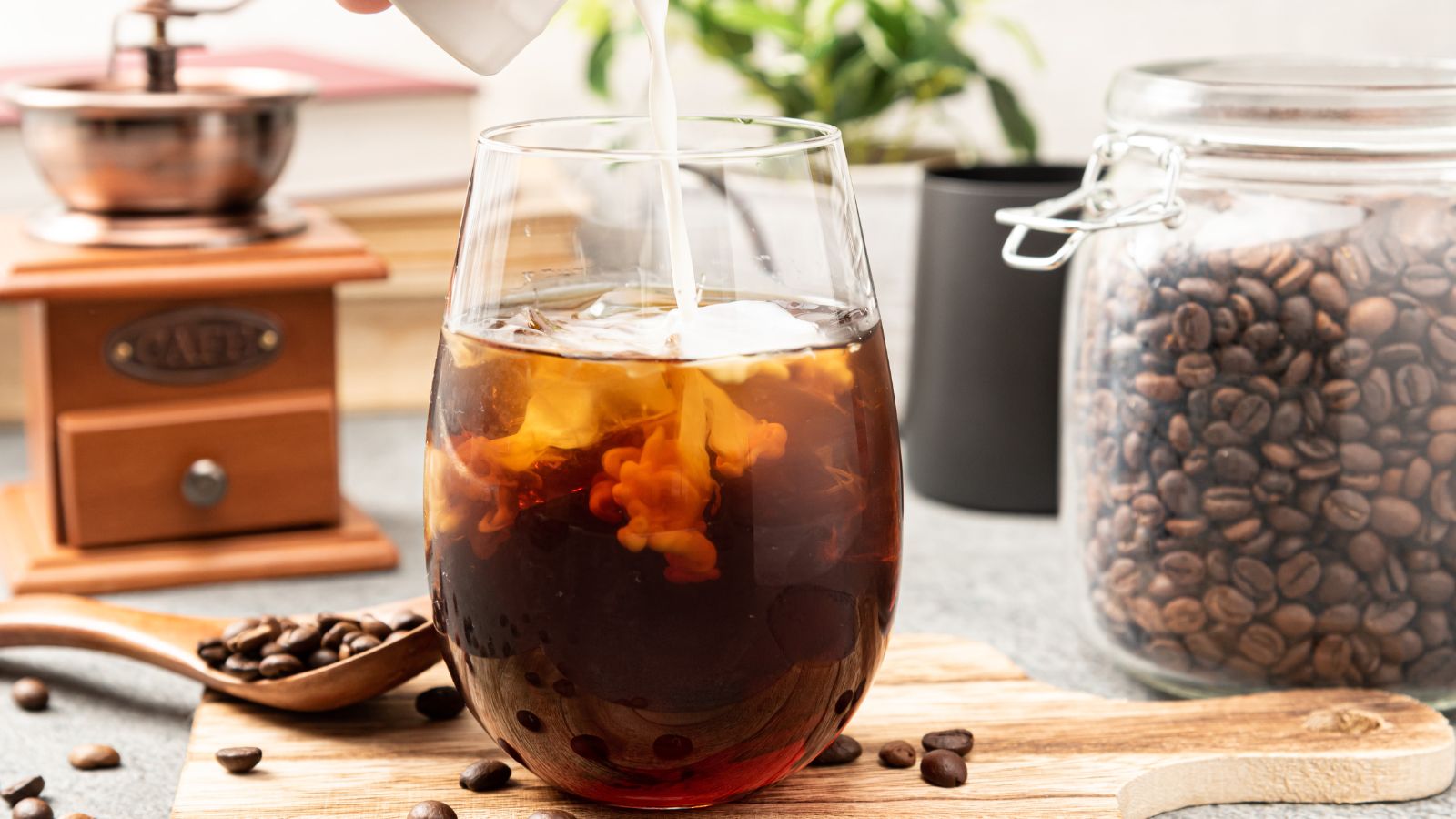
Cold brew coffee is (rather ironically) the hottest, most popular way to consume your coffee right now. Whilst you’ve probably stuck to ordering yours from a barista, if you know how to make cold brew coffee at home, you can enjoy this delicious drink whilst saving yourself a lot of time and money too.
Making cold brew coffee starts with either a French press or a dedicated cold brew coffee maker. Then, you’ll need a grinder that has a coarse setting, or a nice barista who will grind your coffee for you. Just those two things, mixed with some filtered water and some patience are everything you need to make cold brew concentrate.
That’s the basics of making cold brew coffee, which I’ll give you more detail on below. However, if you’ve been into Blank Street, you’ll have seen grapefruit cold brew spritz drinks as well as caramel cold brew and more. I’ve got all their secrets so you can find out how to make cold brew like the experts.
What is cold brew?
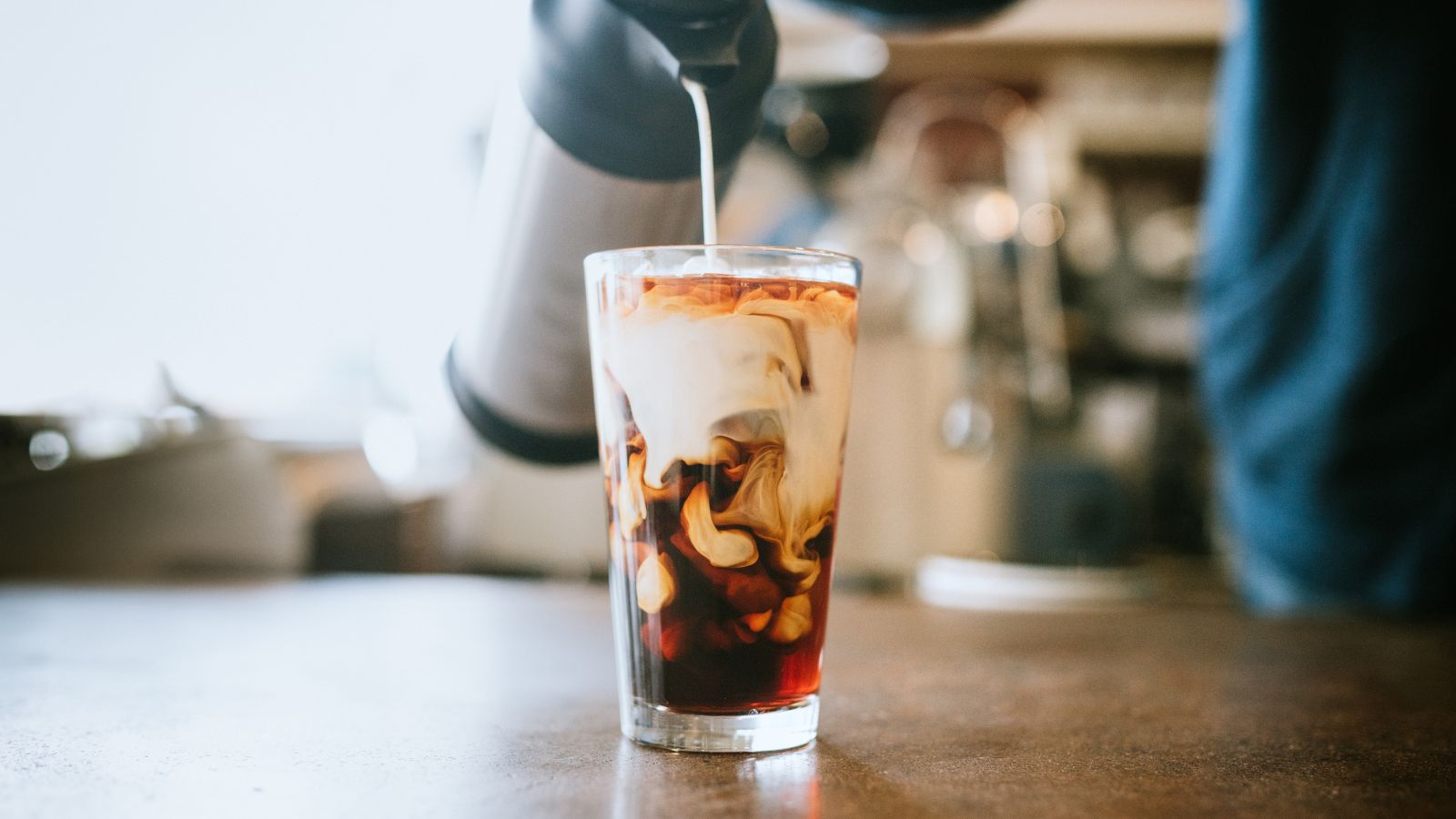
Let’s talk about the difference between cold and hot brew coffee. Hot brew uses extreme conditions to quickly extract coffee oils from your coffee beans. Whether it’s high temperatures, high pressures, or a combination of both, it’s fast and it’s furious. As a result, hot brew coffee can taste a little more acidic and bitter.
The cold brew process uses a much slower infusion. You grind your coffee beans to a slightly larger, coarser texture, and brew them by steeping coffee grounds in water for at least 12 hours. These gentler conditions create a smooth and almost sweet taste, enough to convert the most adamant anti-coffee drinkers. This also means cold brew can be much cheaper than buying a new coffee maker.
How to make cold brew with a French press

We’ve tested some of the best French presses on the market. If you don’t already own one, we would recommend using the Espro P7 French Press, or for a budget option, the Bodum Chambord. If you already own a French press, you can start making cold brews already. It’s low cost and really easy. I spoke with Heather Calatrello, Owner and Head Roaster at ShedLight Coffee Roasters. She’s been crafting cold brew for years, so has lots of expert advice on how to finesse this process.
Her first piece of advice is to work on a 1:5 cold brew ratio. Take one cup of coffee beans and use your coffee grinder to grind the beans into a coarse sea-salt texture. Place that at the bottom of your carafe. Then, pour five cups of filtered, room temperature or cooled, water and slowly pour them over the grounds in a circular motion.
Design expertise in your inbox – from inspiring decorating ideas and beautiful celebrity homes to practical gardening advice and shopping round-ups.
Heather told me that the cold water should be filtered, so that any impurities don’t interfere with the coffee grounds. She also warns brewers not to stir the grinds: that’s why we pour in a circular motion. Stirring the grounds can cause uneven extraction because the grounds are exposed to different quantities of water, so they’ll extract at different rates. If the coffee grounds are not fully submerged, use the back of a metal spoon to gently press down on any floating grounds near to the top. Once all of the grounds have been submerged, place the lid on the French press to seal the carafe, but do not plunge it.
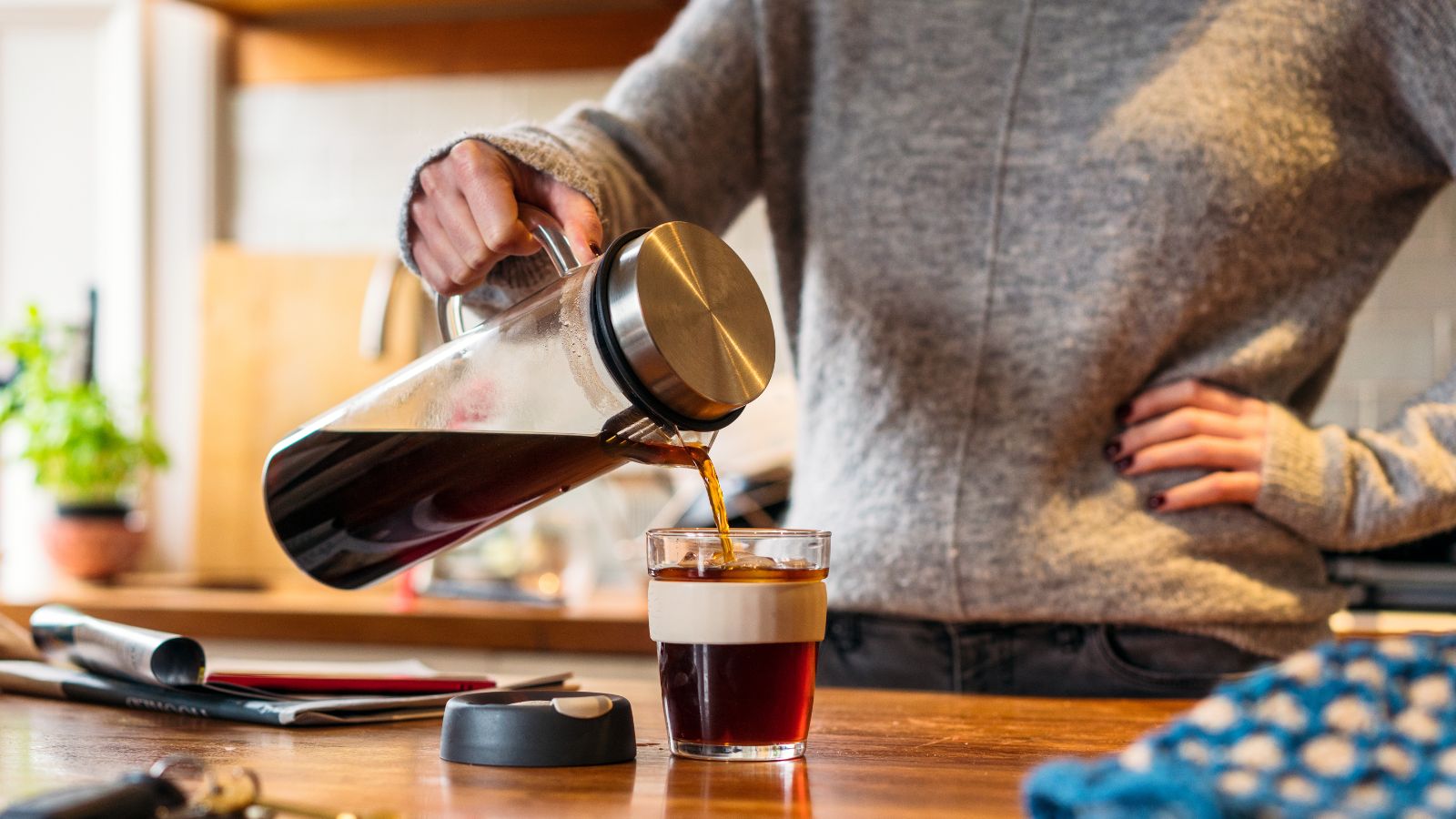
Let the coffee steep at room temperature for at least 12 hours. If you want to slow the process, place your French press in the refrigerator. You can adjust how long you brew for up to 24 hours.
Once steeped, plunge the French press very slowly. Wait for 30 seconds and do not rush. This lets the grinds settle and removes the risk of a cloudy, sour cold brew. Take a filter and place it in a funnel or sieve. Pour your cold brew through the filter and sieve into a sealed container. This should remove the coffee grounds, which you can use in your garden for compost. The cold brew can be stored in the fridge for up to two weeks.
‘If your brew is too sour’, Heather says, ‘it’s likely that your coffee is under-extracted. This could be sure to a short steeping time or a grind that is too coarse.' Conversely, she advised that ‘If your cold brew is bitter or flat, this is the result of over-extraction.' This happens when the grind is too fine, so you’ll need to adjust your grinder to a more coarse setting. Of course, this stage depends on your preference and you can experiment to get the grind exactly as you want it. One final note Heather stressed was that your cold brew results are in a highly concentrated form. Cold brew is meant to be diluted with water or milk or both, she recommends a 1:1 ratio, but again, she says that this is person-dependent.

Heather Calatrello is the owner and Head Coffee Roaster at ShedLight Coffee Roasters. Based in San Diego, Shed Light help to simplify coffee brewing, opening it up to a variety of people. Their coffee roastery runs on solar power and all of their speciality coffee is organic and roasted in small batches.
How to cold brew with a filter
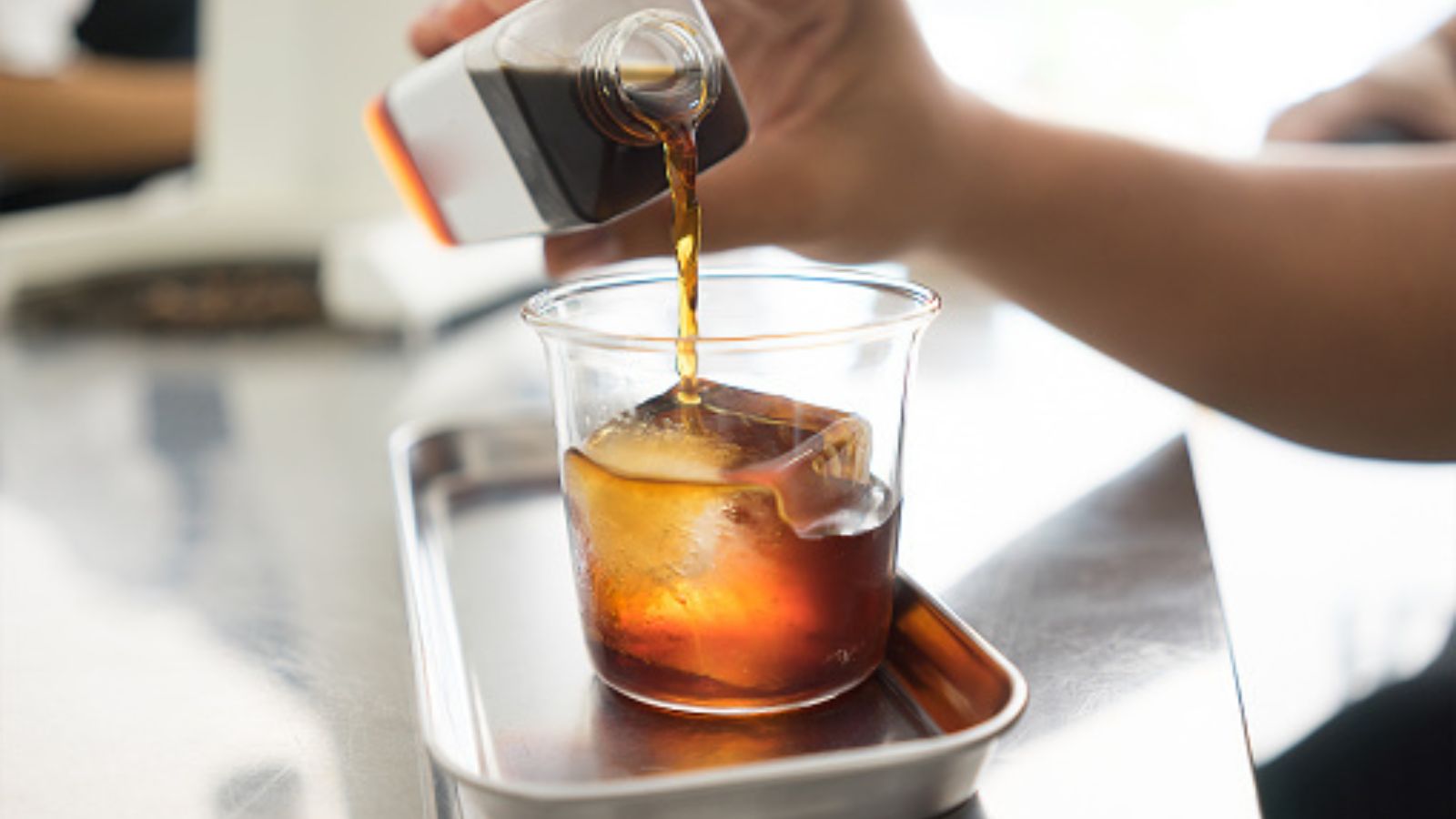
If you don’t have a French press, this is the next best option. It can be done with almost no preparation, so it is a good method if you don’t want to invest in cold brew equipment. All you need is a pitcher, coffee grinds, and some filter papers, like these unbleached filters at Amazon.
Tom Saxon, the co-founder of Batch Coffee, gave me his personal recipe for cold brew at home. The process is easy. He adds coarse ground coffee to the bottom of a carafe, pitcher, jar, or jug. Then add eighteen times as much water. As with the French press, you’ll need to pour in a circular motion and use the back of a spoon to submerge all of the grinds. Seal your container and leave it in the fridge for 12-24 hours. When you want to drink it, place a paper filter inside a sieve or funnel and pour your cold brew through the filter, draining it into another container. Tom’s tip is to soak the filter with water first, so that it can immediately filter your cold brew. He also recommends that you drain your container slowly so you don’t disturb the grinds, as this might over-extract your coffee beans.
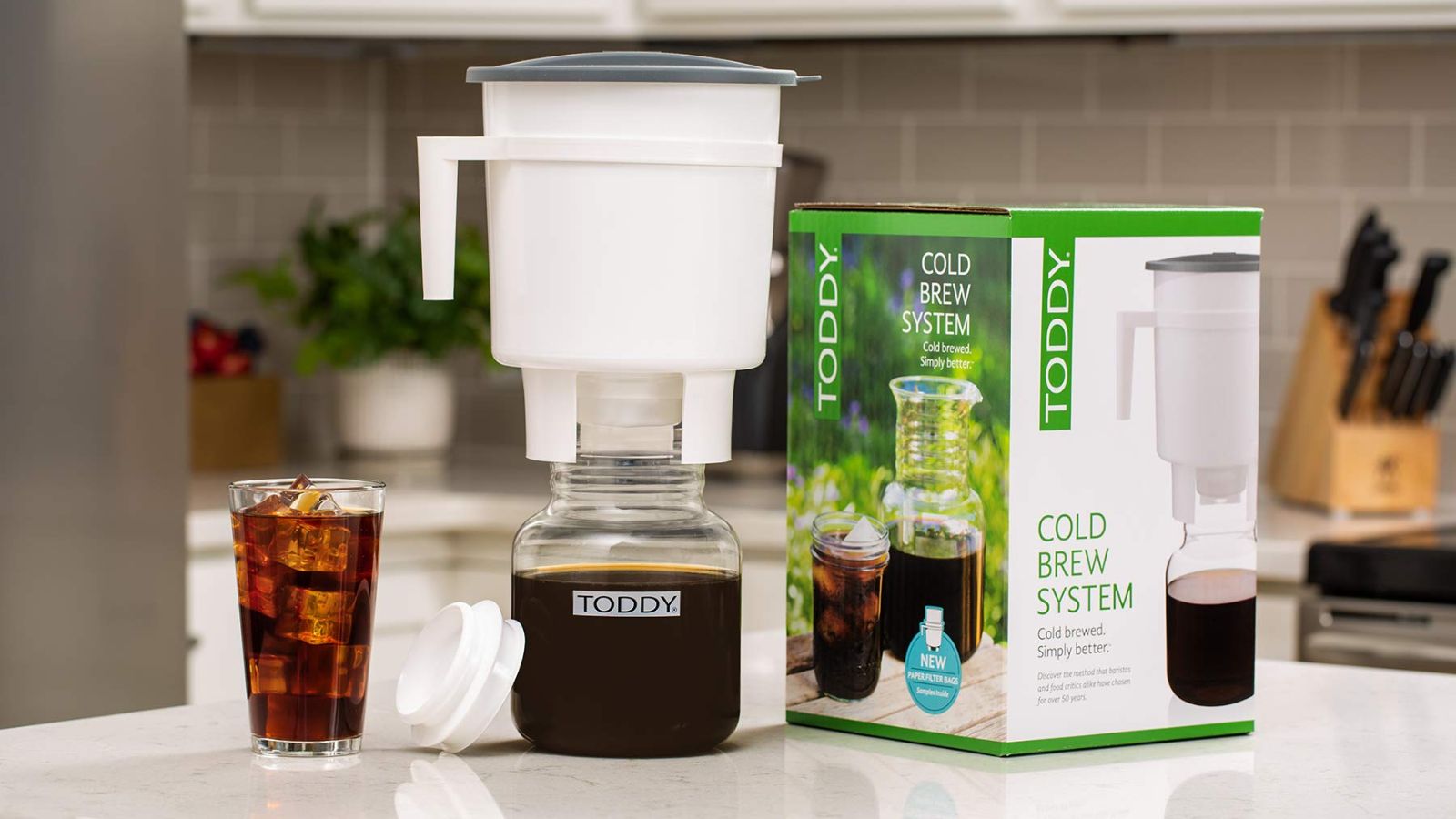
Once drained, you can drink your cold brew over ice, with water, or a splash of milk. Tom says, ‘You may taste some of the subtle and complex flavor notes that you will see displayed on the bag.' He particularly recommends Ethiopian and Kenyan coffee beans, because these tend to have fruity and floral notes. His final tips for the perfect brew are to grind the coffee fresh, opt for a light or medium roast, and look for naturally processed coffee beans. These are dried at origin with the coffee cherry still intact, so have very fruity flavors.
Although simple, this is the exact method that Starbucks uses. If you want to get technical, you can invest in a Cold Toddy System. This is a special, jug-like container that comes recommended by a number of cold brew experts. The process is the same, but it saves the mess of pouring between carafes and mugs - the pitcher and filter paper are all in one unit.

Tom is the founder of Batch Coffee Club, an independent coffee roasting company. He has worked in the coffee industry for over ten years and has experience and insight into a number of parts of the coffee supply chain. He's passionate about speciality, quality coffee and an expert in the field.
How to cold brew with a machine

There are two options for making cold brew with a machine. The first option is in a specialist cold brew coffee maker. Some of these make your cold brew in 20 minutes, but others still require a long, 18-hour brewing process. They're less versatile than French presses, but you'll get the best, smoothest results from them. I've put my three favorites below.
Your other option is to investigate in an automatic coffee maker that comes with cold brew settings integrated. These tend to be expensive, but they're an easy way to make cold brew. I had the best results in the De’Longhi Eletta Explore, which can make cold brew in three minutes. The flavor is still smooth and sweet, but you don’t have to wait all day or night to achieve it. You simply select the cold brew setting and the machine will do the rest for you. It couldn’t be any easier or faster, but this convenience will cost you more than $1500.

The OXO is inexpensive, easy to store, and it makes the smoothest cold brew on test. It's the best cold brew coffee maker you can buy. Period.
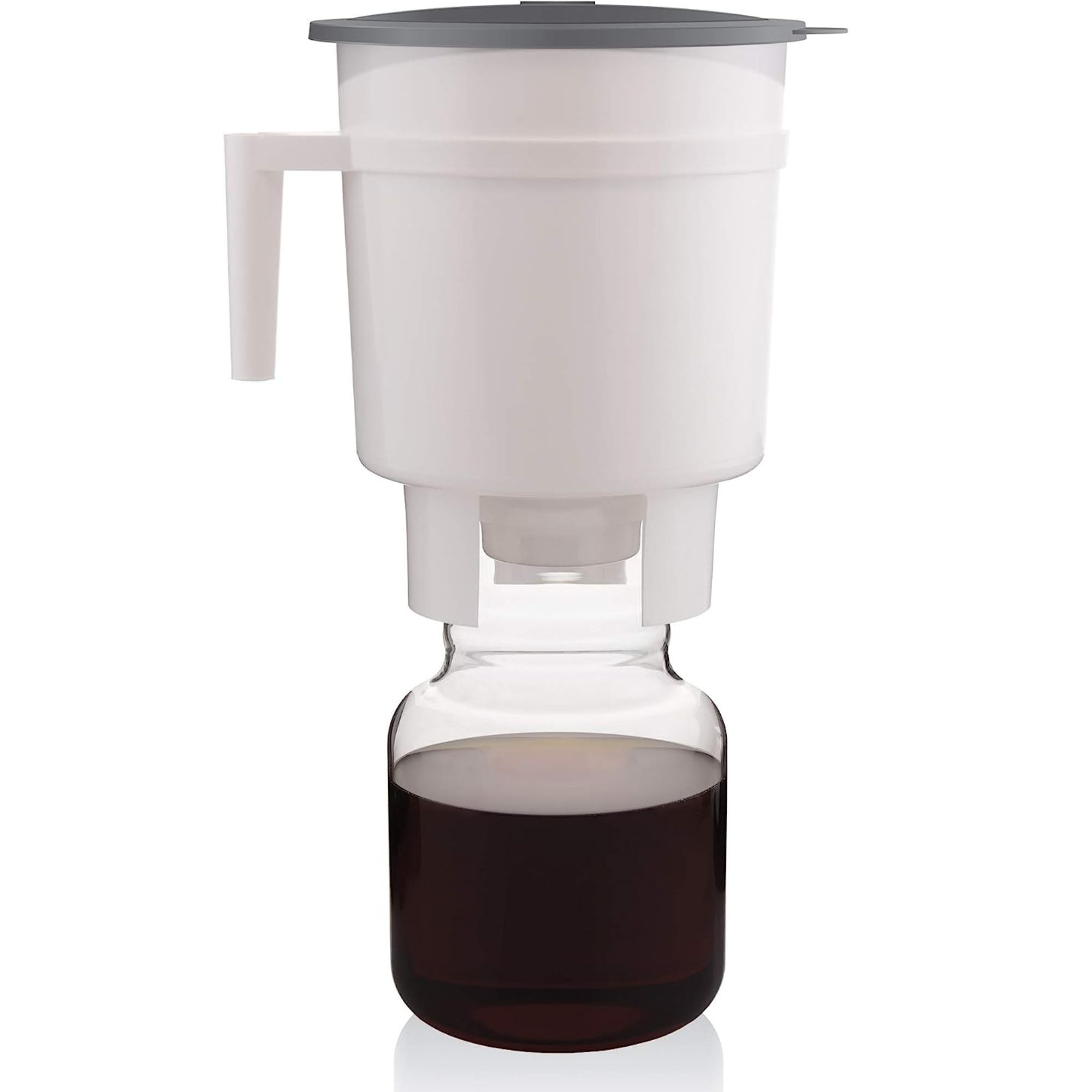
Toddy's cold brew system is the original, most iconic one on the market. It's not beautiful, but you can make huge batches that'll keep for days.
Expert Tips and Serving Tricks
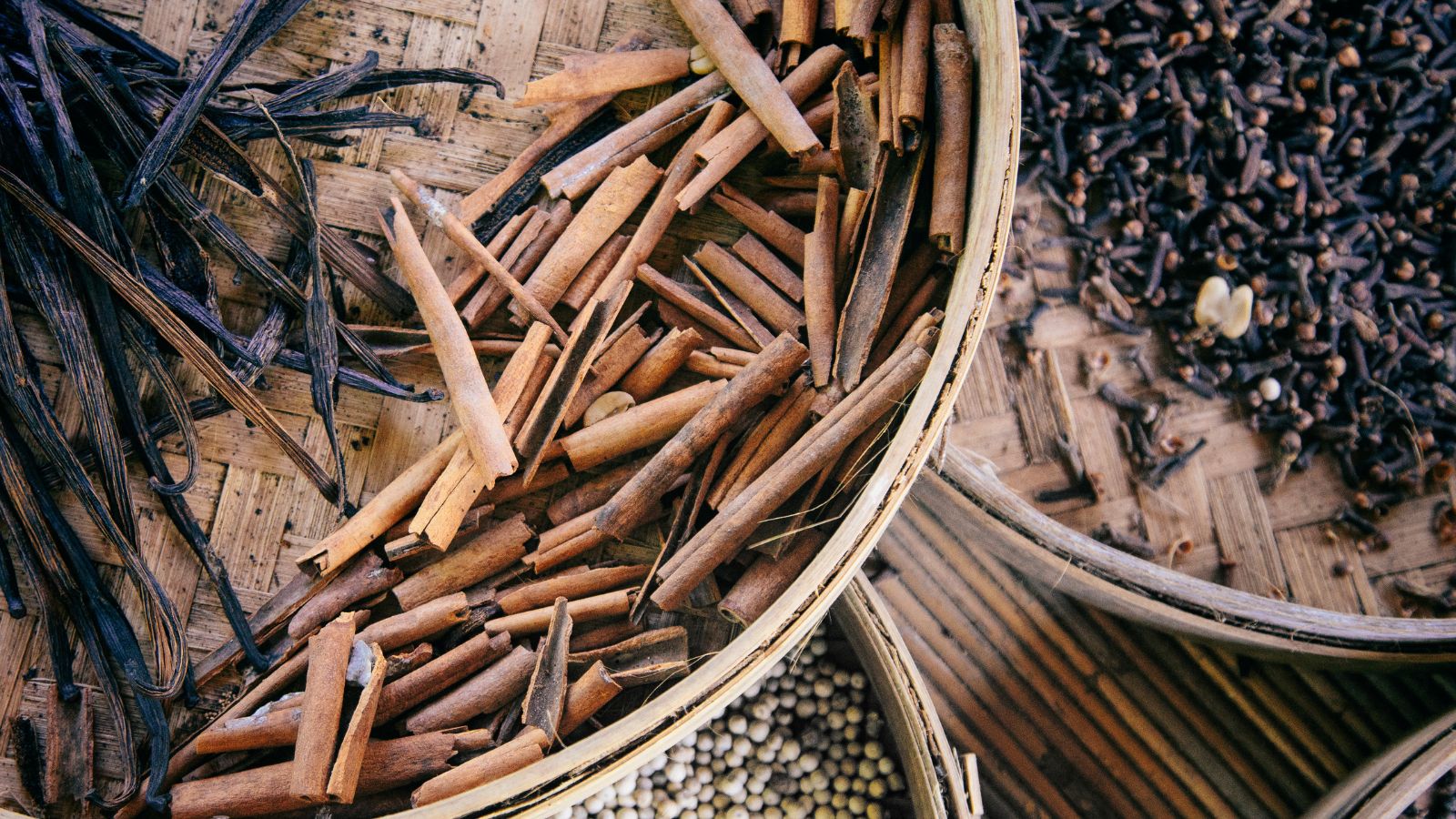
To get your taste buds tingling, we spoke to a Cordon Bleu chef, Casey Bumpsteed. A flavor palette professional, she told us that the best cold brew starts with beans. As always, buy quality and grind coarsely to a texture that is akin to sea salt. Having run a cafe in South Africa, Casey gave us some of her extra special tips. ‘At my cafe, we often added a hint of toasted coconut, a dash of cinnamon, or even a vanilla bean to the brewing process. Can you imagine how fantastic that tastes?'
Casey also made me promise to try adding some cream to my cold brew. The already sweet, velvety taste is complemented by the smooth and rich cream texture. It’s very very drinkable, almost desert-like.

Casey has been a chef for over twenty years. After qualifying as a Cordon Bleu chef in 2003, she's perfected her palette, running a café in South Africa where she honed her cold brew technique. When she isn't experimenting with coffee, Casey is a food writer, chef, food stylist, and editor of Ceramic Cookware Review.
Cold brew FAQs
Why do people like cold brew?
When the weather is a little warmer, it’s nice to have a refreshing cold drink, and cold brew can deliver refreshing coolness alongside caffeine. That also makes cold brew perfect for adding to cocktails like espresso martinis. What’s more, you can make a big batch of cold brew to keep in the fridge. If you’re short on time in the morning, or live in a household that you don’t want to wake with a coffee machine, you can make and keep your cold brew for up to two weeks.
Can I drink cold brew hot?
You can warm up cold brew by topping up your concentrate with boiling water from a kettle. This is the best way to warm up your brew, because you can control the temperature and concentration of your brew. Alternatively, you can use a stove or microwave. Just keep heating it until it’s the temperature that you would like to drink it at.
What can I add to my cold brew?
The beauty of cold brew is in its simplicity. Start off by adding water or milk, or a mixture of both. If you want a strong, rich drink, add some cream. You could mix it in a cocktail with negroni, tequila, or any other beverage that you think would suit the profile. Casey recommends brewing your grounds with vanilla or cinnamon to further elevate your cold brew experience.
What beans should I use for cold brew coffee?
This is a matter of preference. I’ve had recommendations from baristas ranging from dark to medium to light roast. It really depends on what you prefer. Tom Saxon, from Batch Coffee, recommended using fruity flavor notes, because they suit the sweeter, smoother cold brew profile.
Is there caffeine in cold brew coffee?
Yes, it’s still coffee, after all. The caffeine is still extracted from the coffee beans, the process is simply slower. The results of your cold brew are a coffee concentrate, so it’s important that you dilute them, otherwise you will have a very strong drink.
When does cold brew coffee go bad?
You can keep your cold brew in a sealed container in the refrigerator for up to two weeks. This is one of the reasons why lots of people like cold brew; you can do a lot of coffee prep in one go and you won’t make lots of noise in the morning. After two weeks, it’s unlikely that you’ll have any cold brew left anyway.
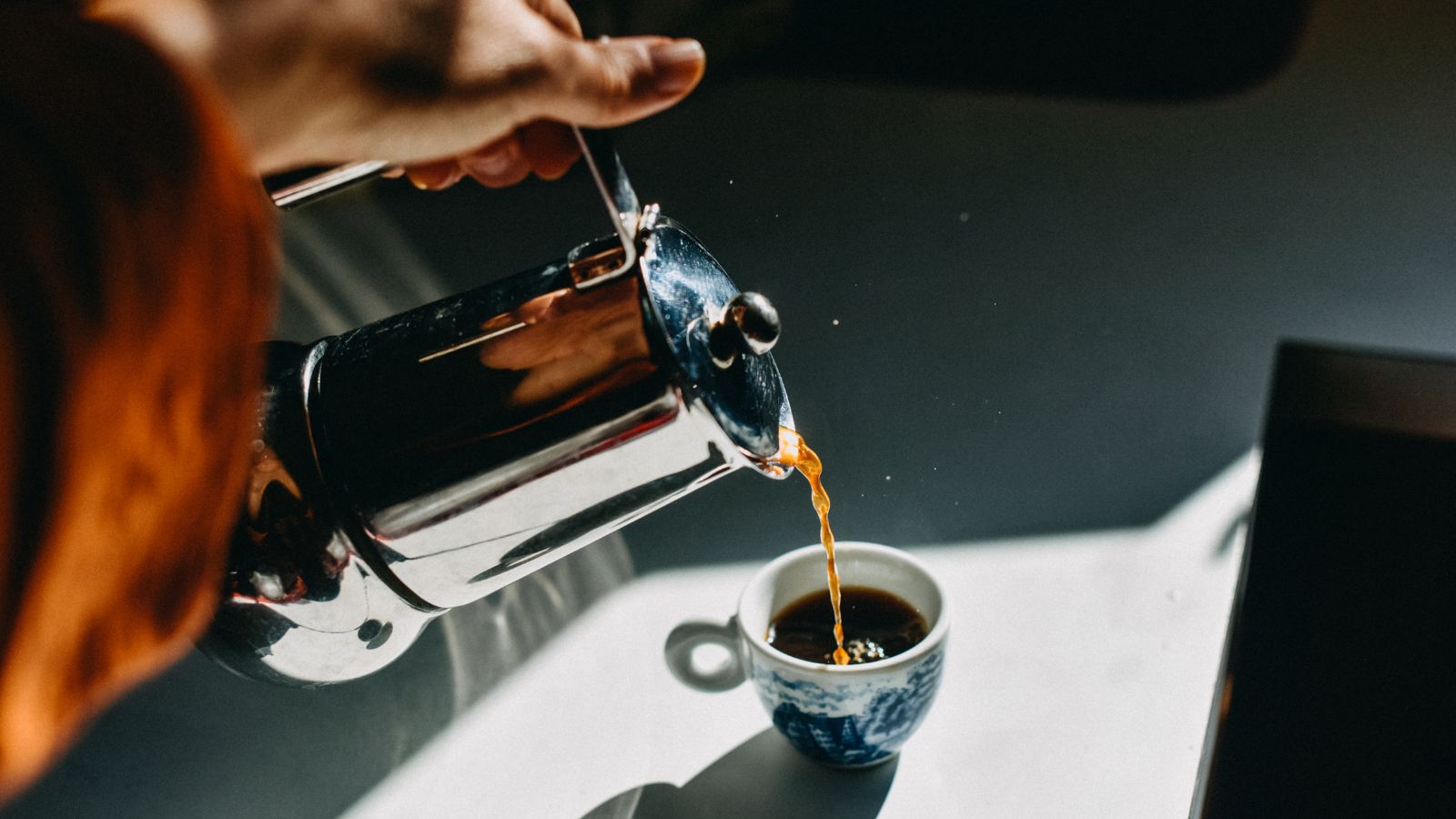
You don’t need to make any big investments before you get into cold brew. You can start with a jar and filter paper and, if you really fall in love, it could be worth upgrading to a coffee machine. From speaking with the baristas and chefs who love, live, and breathe cold brews, you just need to invest in the basics. Use filtered water, make sure your beans are good quality and ground coarsely, and be patient.

Laura is our eCommerce editor. As a fully qualified barista, she's our expert in all things coffee and has tested over thirty of the best coffee makers on the market. She has also interviewed Q-Graders and world-leading experts in the coffee industry, so has an intimate knowledge of all things coffee. Before joining Homes & Gardens, she studied English at Oxford University. Whilst studying, she trained as a master perfumer and worked in the luxury fragrance industry for five years. Her collection of home fragrance is extensive and she's met and interviewed five of the world's finest perfumers (also known as 'noses'). As a result of this expansive fragrance knowledge, she always puts quality and style over quantity and fads. Laura looks for products which have been designed simply and with thoughtful finishes.
